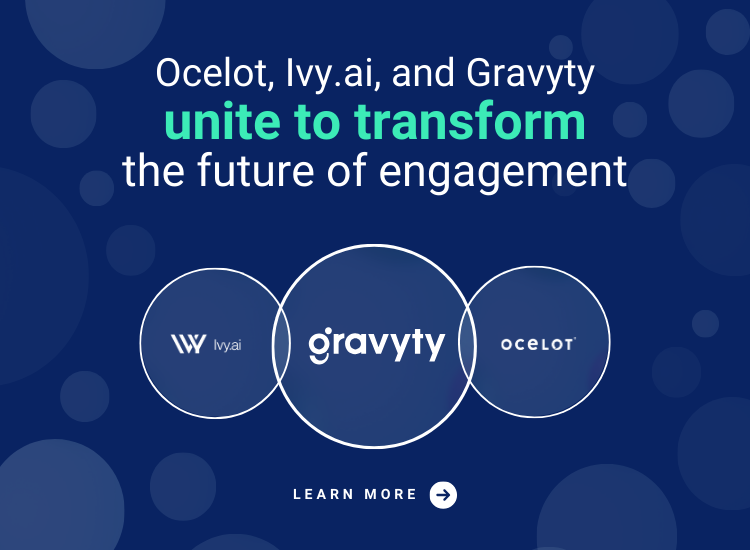Written By: Damon Vangelis, Founder & CEO
As COVID-19 shut down colleges this spring, we observed that the ones that successfully transitioned to remote service did not replace their existing student service model with a completely new one. Rather, they found ways to augment their staff and traditional processes with new technology.
Virtual meeting software, such as Zoom, along with live chat, texting, and AI chatbots have aided student service staff to create an interesting and innovative model that combines 1:1 support with many-to-one support and after-hours support.
Chatbots, in particular — given their versatility, affordability, ease of implementation, and scalability — have emerged as a useful technology for colleges. Chatbots can tackle Tier 1 and some Tier 2 questions, improving the workflow, with staff tackling more complex situations.
Colleges will tell you that effectively supporting students is not a matter of simply buying software. As Kamia “Mia” Mwango, Santa Fe College’s Director of Financial Aid, told me succinctly, “You cannot just bring in technology. You need to build around a process.” And when technology can augment a process, you create something special.
Perhaps the greatest virtue of AI chatbots is their versatility to blend directly with other tools such as live chat, texting, and screen sharing tools to provide a seamless experience that aids staff and supports students. They can also be integrated into CRMs, SISs, scheduling software, and ticketing systems.
Colleges need to be versatile at this time. There is a lot of uncertainty around this Fall enrollment, finances, and the future of course delivery. AI chatbot can bend and evolve as the college does.
Live Chat Integration
At Ocelot, we work with over 400 colleges and universities. One of the most important things we have learned from our partners over the years is something very simple: to be effective, a chatbot needs to be incorporated into an institution’s processes. The way in which an AI chatbot supports one institution might be very different from how they support another. The key is having flexibility in the implementation.
For example, many schools utilize live chat software. For schools that structure their process around supporting live chat during normal business hours, an AI chatbot is a great tool to integrate with that process. When staff is unavailable, students can chat with the AI. When it’s after hours, students can chat with the AI. When the college is closed, students can chat with the AI.
Colleges can use either live chat or AI-driven interactions for their “front line.” Either approach works. We support both approaches at Ocelot. If it’s the AI that students encounter first, schools can enable students to connect with a human being via a simple “human help please” if the issue is complex enough to require human intervention.
Alternatively, schools can lead with live chat and when the staff is unavailable, the AI can be enabled to engage with students.
Students engage with chatbots in a variety of ways. Some really prefer the “anonymous” experience. They effectively want “to get their information quickly” and not talk to a person.
Some students really prefer to get some reassurance from a real person. By integrating the chatbot with live chat, schools can facilitate this process.
We also know that a significant percentage of students prefer to learn visually. We have built Ocelot chatbots to incorporate our vast library of online videos into our AI platform. A student is struggling to complete a process, and the How To video can guide them through the application or form.
AI communication is still in its infancy, but it’s already delivering strong value for colleges. We — the humans — and the AI are all learning. We are finding ways to deliver even greater efficiencies and improve service. In the months and years ahead, I have no doubt that this versatile technology will continue to lead the way in supporting students, and take us in new and exciting directions.
To learn more about how Ocelot combines AI and live chat interactions go to ocelot.ai.








